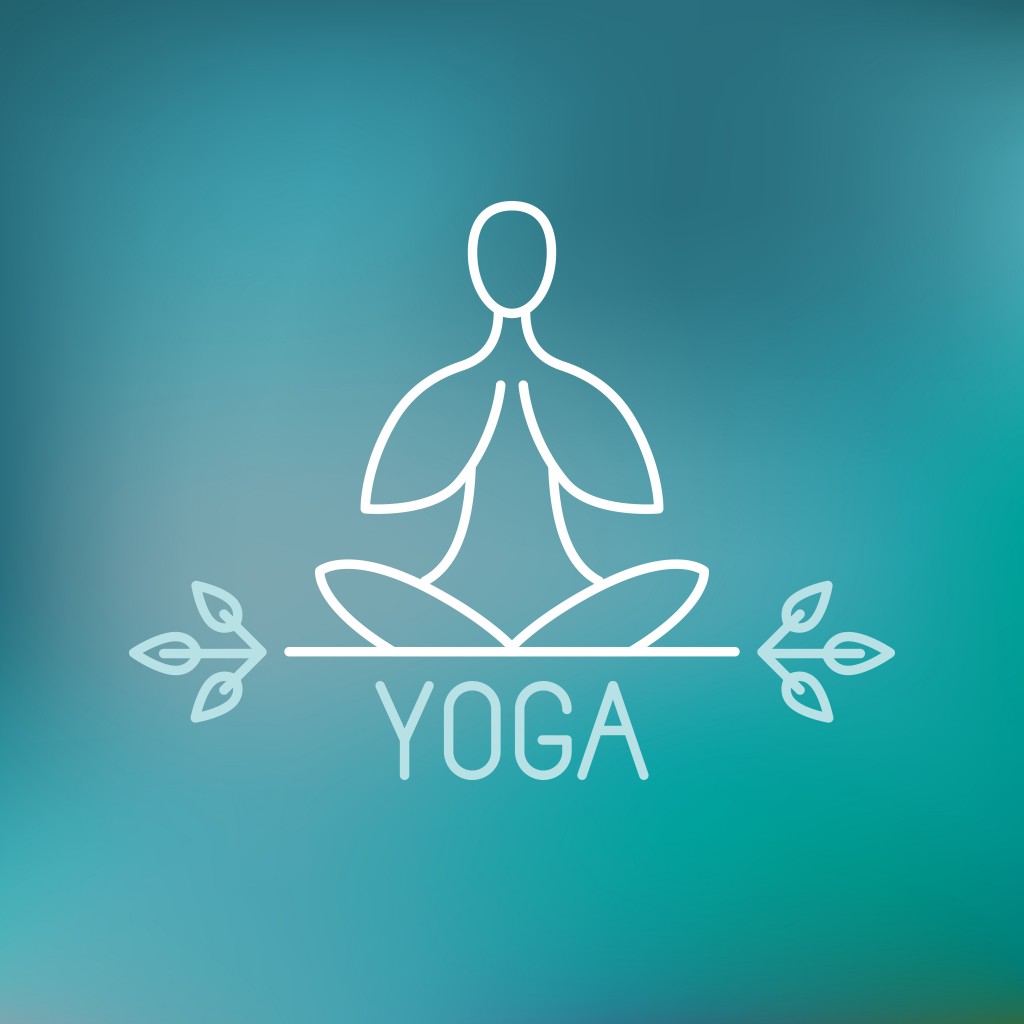 Have you ever seen someone use a bow and arrow? There’s a tremendous amount of tensile pressure involved in pulling back the bowstring before the arrow is released. In order for the arrow to hit its mark accurately, the bowstring has to be incredibly tight.
Have you ever seen someone use a bow and arrow? There’s a tremendous amount of tensile pressure involved in pulling back the bowstring before the arrow is released. In order for the arrow to hit its mark accurately, the bowstring has to be incredibly tight.
Those of us with chronic neck pain can identify with this, because that’s often what a tense neck feels like — pressure, pain, tightness.
That’s why we’ve put together this list of strategies to reduce neck pain and help loosen up a tense neck.
Get a Massage
In addition to helping relieve stress, a good massage is an excellent way to reduce neck pain and improve mobility. Make sure you go to an experienced professional. They’ll cost more, but the benefits you receive will be worth it. There are times that neck pain is caused by muscle issues in different parts of your body, including the back. Neck pain can also be caused by the tightening of your body’s fascia, which is a thin layer of tissue that runs throughout your entire body, covering your muscles and organs.
Stretch or Practice Yoga
Another way to combat tight muscles and tight fascia is to stretch or practice yoga regularly. To follow are some simple stretches and exercises you can perform during the day …
The TV Stretch
Retract your shoulder blades by sitting on the edge of your chair. Next, lengthen your spine, extending it as if you were growing taller. Put your hands on your lap and gently move your shoulders back, “pinching” your shoulder blades together. Hold for about 30 seconds, and remember not to overdo it. Repeat at least one more time.
Mimic a Turtle
If you’ve been sitting at your computer or driving for more than 45 minutes, this is an excellent strategy to help reduce neck pain. When in either of these seated positions for too long, most people tend to project their heads forward toward the computer screen or windshield. When a person does this, it puts stress on the back of the neck (remember your brain and skull are about ten pounds). In addition to neck pain, this can also cause headaches, which of course cause neck pain, too.
The turtle technique strengthens your neck and back muscles, and helps you form a new sitting habit with better posture. When typing or driving, think of yourself as a turtle “retracting” your head into your shell. Keep a level chin, move your head back and flatten the curve in the back of your neck. Hold this position for about 5 seconds, and repeat 10 times. When retracting your neck, do not retract down into your shoulders, as that will compress your neck. Instead keep your shoulders relaxed and remember not to force anything when performing the turtle technique.
Neck Roll
Although you can’t make a sandwich on it, you’ll enjoy the neck roll just the same. Simply, and gently, drop your chin to your chest, and slowly roll your neck to the left, to the back, and then to the right and back down in a smooth motion. Repeat in the opposite direction. Remember to keep your body straight when doing this, and not to lean into the neck roll with your shoulders or upper torso. Continue rolling one way and then the other until your neck feels more loose.
Use a Supportive Pillow
Most people have grown accustomed to sleeping on foam pillows, or even down feather pillows that offer no support. Using a pillow like the Natural Comfort Pillow helps relax the muscles of the neck to reduce tension, which reduces neck pain. And with less neck pain comes better sleep. Our pillow helps keep your spine in alignment, too!
Although these strategies can help reduce neck pain, it’s always a good idea to speak with a medical professional before embarking on any type of new exercise regimen, or if you’re experiencing chronic neck pain.
Learn more about how our pillow can help with neck pain and help you sleep better.
Thank you for visiting Natural Comfort Pillow!




